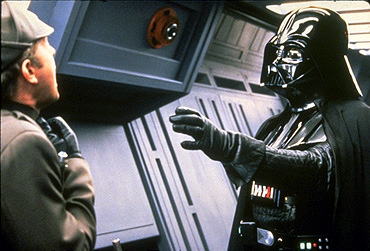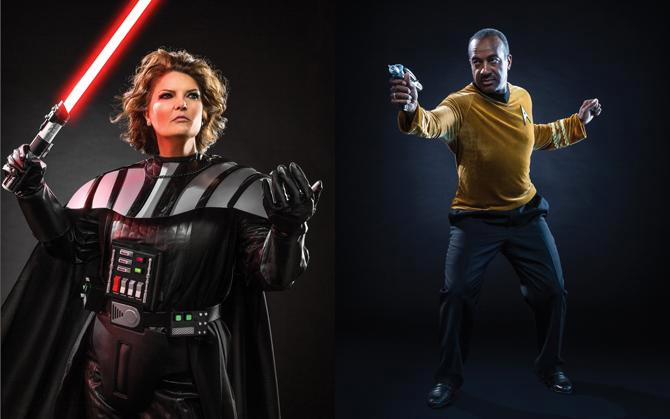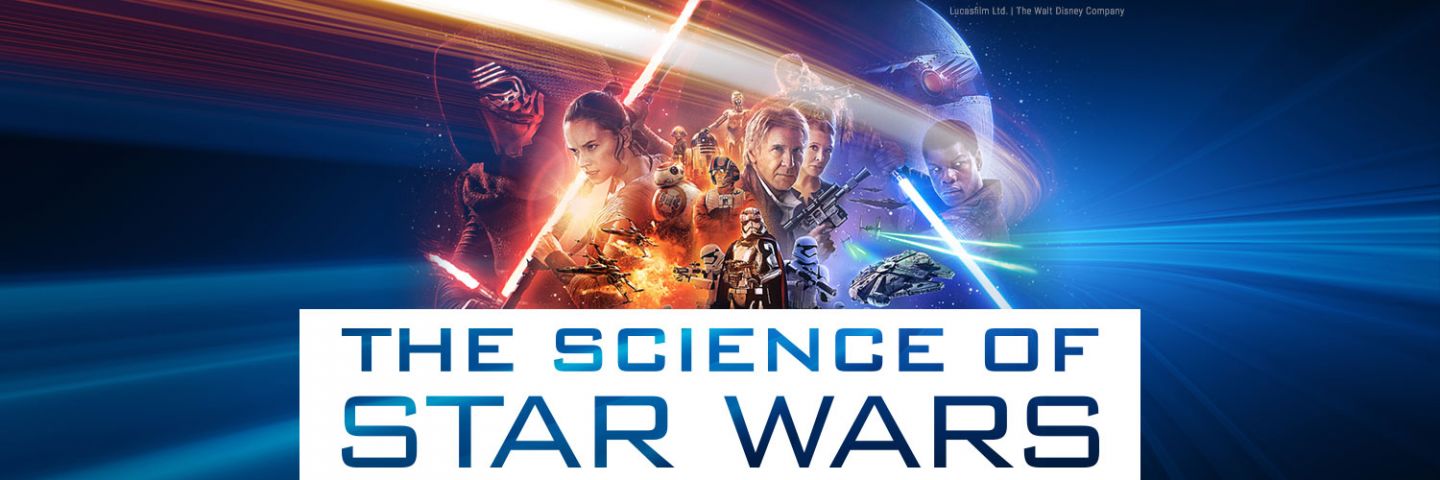
The Science of Star Wars
From light speed to hyper drives to lightsabers and autonomous robots, Star Wars was certainly way ahead of its time despite occurring a long time ago.
The technologies of tomorrow were on full display as Luke, Leia, Han and the Rebel Alliance fought Darth Vader’s Galactic Empire beginning in 1977. Some have become reality (holograms, heads-up displays, robotic arms). Others are in sight (landing people on other planets, robots in every home). Some may never be (manmade stars and, sadly, real lightsabers).
As the Force awakens, 38 years after it was born,
Georgia Tech faculty members discuss the science, and science fiction, of Star Wars.

Han Solo isn’t a bashful hero. So it’s no surprise that it took him only a few moments after we first met him to brag that his Millennium Falcon was the “fastest ship in the galaxy.” But how fast is fast? Solo said his ship can go .5 past light speed.
In this edition of Tech+Knowledge+Y, School of Physics Associate Professor Deirdre Shoemaker explains how fast light speed really is, why it’s not fast enough and what needs to happen for something to actually travel 186,000 miles per second. Click to play.

One is an academic. The other is an author. Lisa Yaszek (professor) and Kathleen Ann Goonan (award-winning novelist and professor of the practice) team up to explain science fiction and Star Wars. They discuss the appeal of the series, its role on females and how the original movie changed science fiction forever.

Kathy Goonan: Before Star Wars came along, science fiction at the movies mostly meant monsters or aliens. But 1977 changed everything, and the film became the first science fiction story to become a major movie franchise. George Lucas made it really easy to understand our genre: you just had to go to the theater. Suddenly print science fiction wasn’t as compelling.

Lisa Yaszek: It definitely changed the landscape. It showed Hollywood that science fiction could be popular. People didn’t need to have a deep background to understand it.
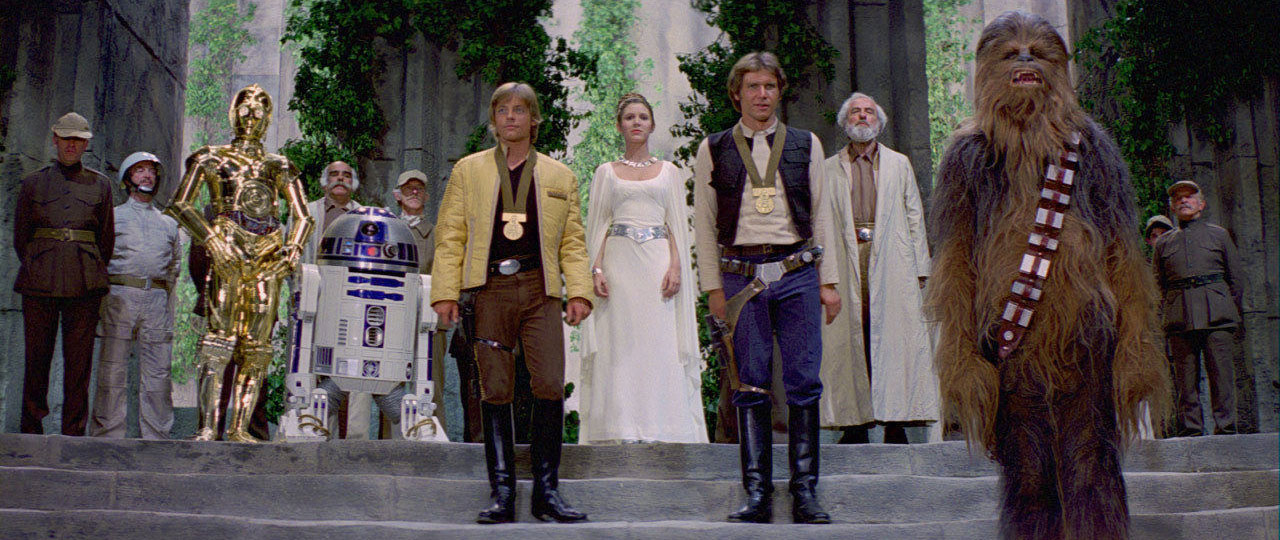
Still from Star Wars: A New Hope. Credit: Lucasfilm Ltd. | The Walt Disney Company. Source: starwars.com
Why was it so successful?

Goonan: It’s the stories. Twins separated at birth. A son who has lost his father. A father redeemed at the end. The original trilogy focused on ancient tales with the depth and power of myth, and was resonant with their energy. But Star Wars began with a weirdly compelling twist: it happened a long time ago in a different galaxy –implying that these myths are universal, and evolve in all settings, perhaps many times over. It’s a science fictional fairy tale. Something for everyone.

Yaszek: You have everything, including a romance between a rebel princess and a gallant rogue – and the rehabilitation of the rogue by the end of the series. You also see a cast of human and non-human characters. But even though that’s true science fiction, it was safe because the movies focused on the relationships of the characters. If you really liked science fiction, it was easy to find the sci-fi hooks. But if you didn’t, you still enjoyed it because the themes were familiar.
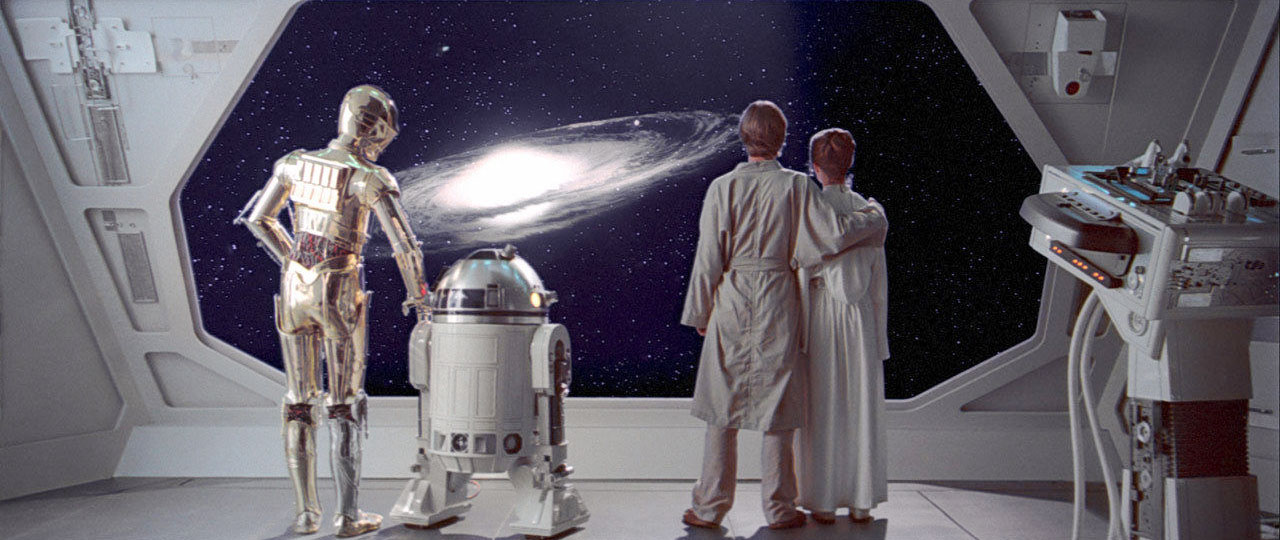
Still from Star Wars: The Empire Strikes Back. Credit: Lucasfilm Ltd. | The Walt Disney Company.
Source: starwars.com
What were some of those hooks?

Yaszek: Science fiction people love to talk about this thing called the “megatext.” That’s how all the themes and tropes of the genre fit together and get reworked time and time again. In fact, a science fiction novelist from the 1940s, Leigh Brackett, actually wrote the first script of The Empire Strikes Back. So that was cool for us. It’s also obvious that George Lucas knows his science fiction history. You know the scroll of text at the beginning of each movie? That’s an homage to the 1930s and ’40s, when Flash Gordon and Buck Rogers short films scrolled words on the screen before the movie started in order to fill in the back story for audiences.
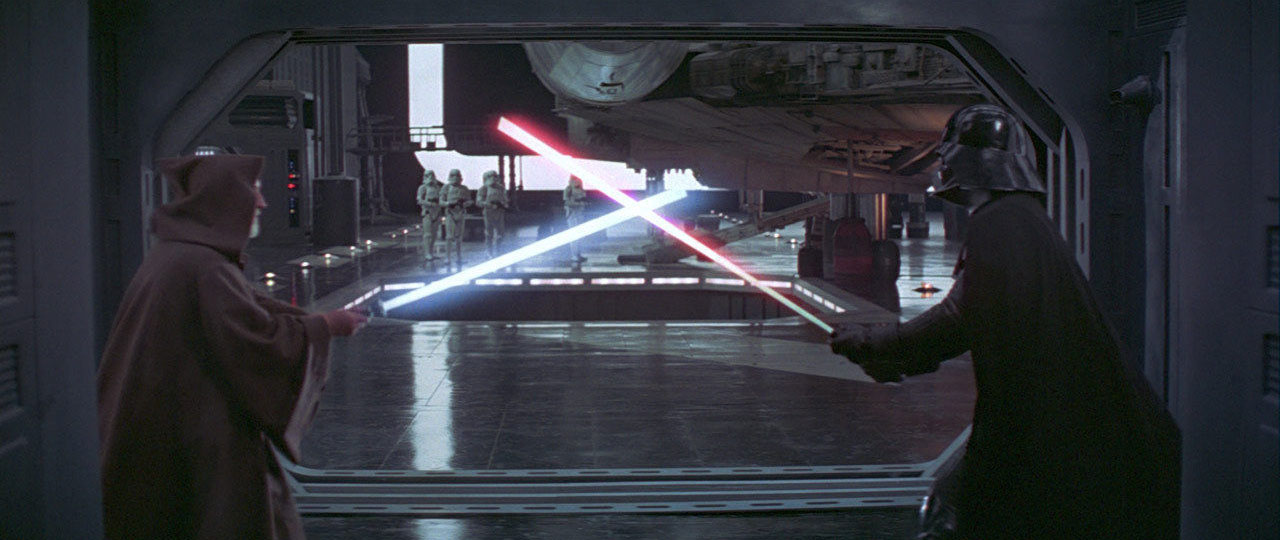
Still from Star Wars: A New Hope. Credit: Lucasfilm Ltd. | The Walt Disney Company. Source: starwars.com
You both saw the original in the theater in 1977. What sticks with you the most nearly 40 years later?

Goonan: From the moment the opening scene rolled, I was immersed – literally. I bought it completely. The majestic sound track, one of the first to use a quadraphonic “surround sound” system, sounded better than movies had ever sounded before. Visually, it fulfilled the potential of screen sci-fi as a medium for conveying the vastness of space, and, with its “long ago and far away” setting, the vastness of time. Combined with a compelling story, it showed me what science fiction could be like on the big screen: exciting and engaging. It was one of those great communal experiences: everyone went to see it, often more than once. Also, I loved seeing all the technologies brought to life, including the Death Star. Of course, being out there in space was pretty cool too.

Yaszek: It was a movie that made room for women as heroes. Princess Leia has moments of real strength. She’s the leader of a rebellion and can smart talk her way around any of the characters. I remember how much that appealed to me as a kid. I could find, as a girl, a place for myself in the future. I didn’t always see that in science fiction.
Also, these are stories about how you turn men into weapons. Anakin Skywalker starts as a good guy. By the end, he’s a horrible weapon that takes out everything. We’re now in an era of very serious global wars. We increasingly understand that soldiers who experience war come home transformed and different, and that it can be hard for them to stop being a weapon or a soldier and become “human” again. Star Wars explored these themes with Darth Vader and even Luke Skywalker, who loses an arm, gains a cyborg arm, starts dressing in black, and has to make tough decisions while being conditioned by his life as a warrior.
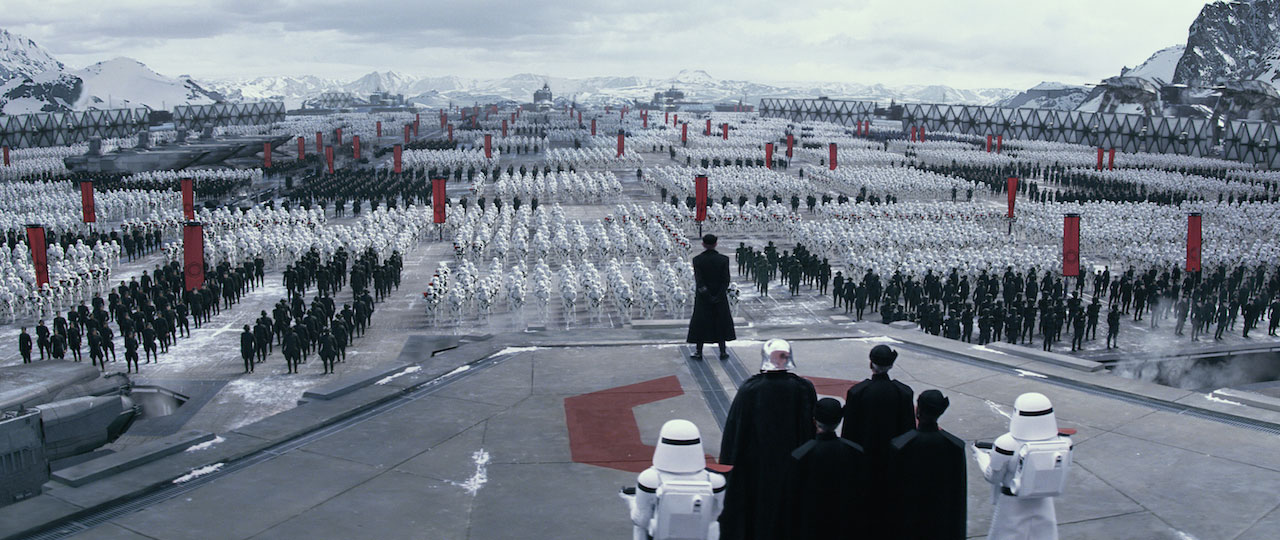
Star Wars: The Force Awakens. Credit: Lucasfilm Ltd. | The Walt Disney Company. Source: starwars.com
Using your science fiction expertise, what do you expect from the new movie?

Goonan: My high expectations are that they’ll be able to build on what has gone on before in a way that not only incorporates the mythos and excitement of Star Wars, but also transcends it and shows us something new. I don’t know what will be, but I know that’s how it will be a success.

Yaszek: I’m with Kathy on that. And if anyone can do it, it is J.J. Abrams. With his Star Trek reboot, I thought he brought new depth to a very familiar story. He can really draw out the human depths of what could otherwise be very silly stories. I need to see that in the new movies: give depth to characters I’ve known my entire life.

Goonan: Make it new without destroying what is past. We must discover something new about the characters and learn more about space, technology and science. I have my expectations. I hope they’re realized.

The Star Wars universe depicts a diverse set of worlds containing a variety of inhabitants. Could such worlds exist in our universe? John Wise, the Dunn Family Assistant Professor in the School of Physics, studies early galaxies and distant objects in the universe. He wonders if there are planets somewhere out there that resemble the ones imagined by George Lucas.

Until 1991, the only planets known to humans were in our Solar System. In that same year, astronomers discovered the first extrasolar planet, now dubbed as exoplanets, by measuring the Doppler shift of stellar spectral lines, effectively witnessing the planet play gravitational tug-of-war with its parent star as it orbits. Over the next decade or so, astronomers refined their planet hunting skills and found more than 30 exoplanets.
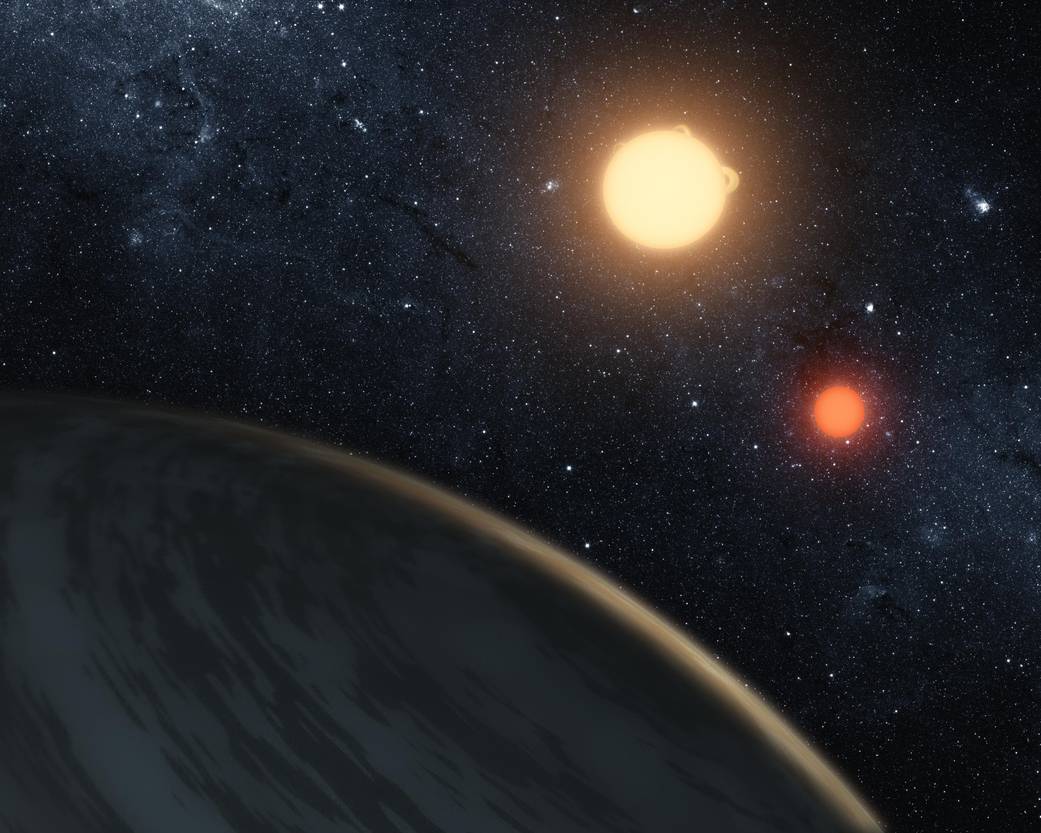 Artist's rendering of Kepler-16b, the first planet known to definitively orbit two stars.
Credit: NASA/JPL-Caltech/T. Pyle
Artist's rendering of Kepler-16b, the first planet known to definitively orbit two stars.
Credit: NASA/JPL-Caltech/T. Pyle
This all changed with the launch of NASA's Kepler Mission, which continually monitored a patch of sky for brightness variations in 150,000 stars. Any dip in brightness can be caused by a planet passing in front of its star, blocking a small fraction of its light. In its four-year run, Kepler detected and confirmed nearly 2,000 planetary systems, ranging from “Hot Jupiters” to frozen, rocky worlds. Intriguingly, a select few lie within the Goldilocks zone where liquid water could exist because the planet isn’t too hot or too cold.
This planetary diversity is also seen in Star Wars – Endor, the home of the Ewoks, that orbits a gaseous giant planet; Hoth, where Luke Skywalker almost froze to death; Alderaan, a blue-green orb not unlike our Earth until it was destroyed by the Death Star; and Tatooine, Luke and Anakin Skywalker's home planet. One of the most vivid scenes of Episode IV happens when Luke gazes toward the horizon at a binary sunset. When the original was released in 1977, such a scene was restricted to the sci-fi realm, but this is no longer the case. Kepler has now discovered 10 planets that orbit binary star systems, whose possible inhabitants see a similar sight every day.
The Kepler Mission was just the first step in humankind's discovery of planetary systems in the
Milky Way. It only observed 1/400th of the sky. It could only detect planets out to
3,000 light years, which is tiny compared to the Milky Way's size of 100,000 light years. Using
Kepler's detections, astronomers have estimated that there could be as many as 40 billion
planets in our galaxy. But that is only one galaxy! Imagine how many planets are littered among
the 100 billion galaxies in the observable universe. Perhaps planets from a long time ago in a
galaxy far, far away?

Even though C-3PO and R2-D2 lived (in a galaxy) a long time ago, today’s roboticists still haven’t found a way to create their current-day cousins. The College of Computing’s Sonia Chernova is one of many on campus trying to bring robots out of the lab and into the world so that people can have their own droids.

Robots tend to be on one extreme or the other these days. One kind is found on Mars, battlefields and in operating rooms. These robots are extensions of humans – they’re rarely autonomous because a human is always in the loop.
Others are autonomous. We see this mostly on manufacturing floors, where machines are programmed to do the same repetitive task with extreme precision. Not only are they limited by what they can do, but they’re also often separated from people for safety reasons.
I’m focused on something in the middle. Full autonomy for personal robots would be great, but it’s not yet practical given today’s technology. Humans are too unpredictable and environments are ever changing. Rather than setting 100 percent autonomy as the goal for getting robots into our lives, we should deploy them when they’re simply “good enough.” Once they’re with us, they can learn the rest.
Here’s an example: in hospitals, a delivery robot could pass out towels and medication. If it were to get stuck leaving a room, the machine could call a command center where a human technician would figure out the problem and free the robot. Here’s the key: every time a person made a fix, the robot would keep that new information and use it to perform differently the next time it leaves the room. With humans in the mix, this robot could learn from its mistakes and continually push toward 100 percent autonomy.
As for R2-D2 and his friends, we’re not that far from personal robots. I don’t think we’ll have to clean our houses in 20 years because we’ll have robot helpers. I’m not sure what they’ll cost or if people will psychologically be ready to give up that part of their lives, but we’ll have the software and hardware in place to make it happen.

What would it be like to master the Force and lift a spaceship with the tip of your finger like Yoda in The Empire Strikes Back? Nepomuk Otte and Flavio Fenton in the School of Physics say there are a few things you might want to consider.

Otte: Didn't we learn from physics classes about Newton’s third law? For every action, there is an equal and opposite reaction. If true, it would mean that when Yoda exerts a force on the X-wing, Luke Skywalker’s spaceship should also exert the same amount of force on Yoda. So why doesn't the little fella get squished like a mosquito?
Violating action and reaction would shatter one of the most sacred laws in physics – momentum conservation. But Yoda moves the spacecraft with ease and shuffles away unscathed. The Jedi Master must be surrounded by some sort of shield that absorbs the reaction part of the force. When you attempt to use the Force, make sure you have one of those shields too or you might suffer the consequences.
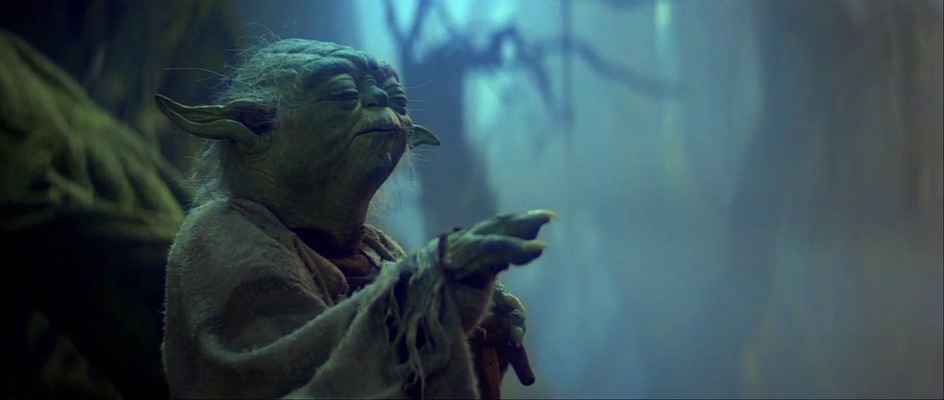
Still from The Empire Strikes Back. Credit: Lucasfilm Ltd. | The Walt Disney Company. Source: starwars.com
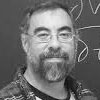
Fenton: Can the Force be a new interaction that we haven’t discovered yet?
When the Death Star’s superlaser destroyed Princess Leia’s home planet of Alderaan, Obi-Wan
Kenobi delivered one of the saga’s most famous quotes.
"I felt a great disturbance in the Force, as if millions of voices suddenly cried out in terror and were suddenly silenced. I fear something terrible has happened." ―Obi-Wan Kenobi.
The death of the entire planet sent shock waves through the Force, weakening those who were able to feel them. That included Obi-Wan, who briefly became faint. This action at a distance is explained in physics by what is called a field. For example, we are well aware of gravitational and electromagnetic fields. Objects that are affected by a field carry "something" that allows them to interact. For gravity, it is mass. For electricity, it is charge.
Because there is a Light and a Dark Side of the Force, a field would require that we assume two types of charges, similar to positive and negative charges in the electromagnetic force. Here’s an example: Darth Vader can strangle people by using the Force without physical contact. That means his victims would have to carry both types of charges in equal amounts, and the effects of the two types cancel each other. How does it happen?
One explanation is that the dark force Vader unleashes attracts the light charge of his victim, leaving the person unbalanced with an excess of dark charge. In this case, all the dark charges then try to come together along the neck, squeezing and nearly choking the person to death. This means that unlike electric charge, particles with equal force charges attract and repel when they have different charges. This could explain why a neutral force charge is common to all objects. It could also explain why the Dark Side has an addictive aspect: when a Jedi turns to the Dark Side, it’s a slippery slope filled with continuous evil.
Going just a bit deeper for my fellow physics fanatics – if we were to study the Force from a
subatomic level, we should consider that like any other interaction we know in nature, there
exist force carriers. These are particles that give rise to forces between other particles. For
example, the electromagnetic force between two electrons can be explained by the exchange of
virtual photons and gravitation by the exchange of virtual gravitons. Therefore the two Force
charges should have a carrier. Should we call them Jedi-nos? Should the Large Hadron
Collider search for these new particles now that it has found the Higgs particle?
May the Force be with you.

